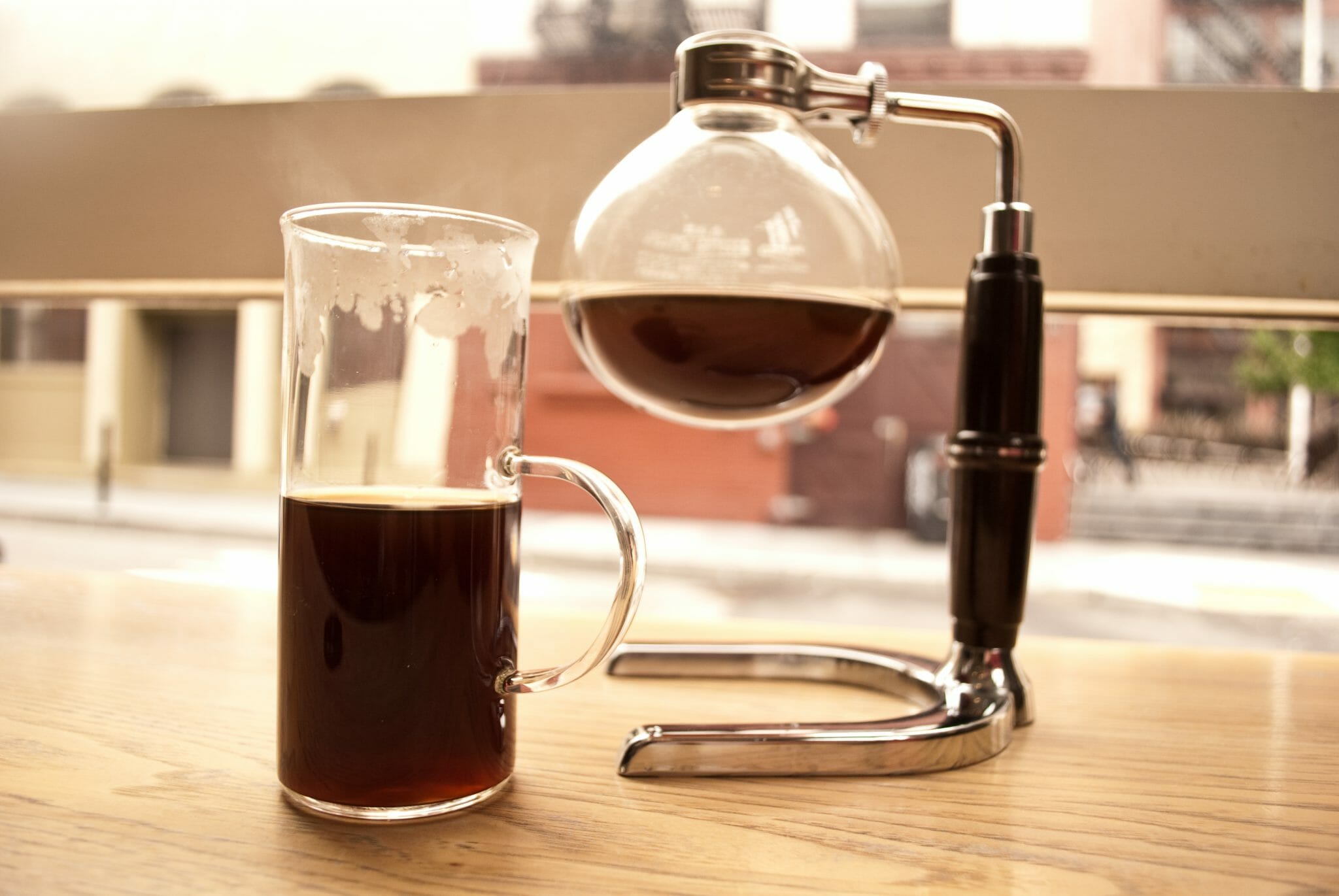UPDATE:
Since originally writing this, I’ve been astounded by the quality of British Coffee. I was also being arrogant and trying to sound clever. Coffee roasters like Has Bean, Union, and Monmouth were already roasting world-class beans. British baristas were winning the World Barista Championships. Also since then, the most important and interesting coffee expert on the planet, James Hoffman, runs an incredibly successful YouTube channel.
For a few years, whenever you googled British coffee, this piece would turn up at the very top. For a while, I waged an imaginary battle with businesses and trade bodies for the hearts and minds of the British coffee-drinking public. This was all in my head, of course. And this silly post is from another time in my life. It is from a time when I thought I should be a journalist, blogger, or travel writer. British coffee culture is (and really was at the time) a thriving beast with amazing coffee shops, roasters, and retailers.

British Imported Coffee Culture
The British have a strange relationship with coffee. On one hand, they overwhelmingly love hot beverages. Only here will you be offered a cup of hot tea in warm sunshine. You will have a hot drink during family visits, dinner parties, and any time it is not impossible to hold a mug. All in all, this is fantastic. I happily join the gathering around the kettle. I tend to ask for tea, because British coffee is usually instant.
The other side of British coffee is British Imported Coffee Culture (BICC). BICC can be found in high-street chain shops. Each takes an ever-so-slightly different angle on Seattle-Italian coffee culture. Most of the coffee from these shops is brewed from the same bean and machine combo. The atmosphere is identical, with a dominant shade of maroon, brown, blue, or green making the walls the only distinguishing mark. To the consternation of Brits everywhere, each has its own opaque size system. Sizing is designed to confuse and belittle the customer who inevitably ends up asking: “But, which is the small one?”
It’s as if the BICC cartel, gathered at some point in the early 2000’s and set down some industry guidelines on preparing British coffee:

- Because the British palette evolved around the flavours of milky tea and biscuits, BICC beverages must avoid shocking customers. Aim to be essentially flavourless. Any foreign smart arses asking for espresso will be given a small glass of burnt tea leaves suspended in hot dishwater.
- All baked goods (mandatory at a proper British coffee house) shall be supplied from an approved list of bakeries. Pastries shall be huge. We favour greasy muffins and strangely contrived cake combinations like apricot and prune biscotti brownies. The more creative and unlikely combinations will be considered for annual prizes.
- Wherever possible, faux-Italiano shall be displayed in text and worked into the jargon of serving staff (i.e. baristas). This covers any coffee blunders with embarrassing cultural ambiguity.
- Because this is all imported and frightfully expensive-sounding, we shall be setting the prices for beverages, baked goods, and sandwiches at just below the cost of weekly shopping. The business logic is that aspiring people will gladly pay extortionate cultural tariffs to appear coffee-literate.
Incredibly expensive milk won over British executive classes. The addition of highly-addictive caffeine helped.
Not happy with their stranglehold on Britain’s purchasers of pin-stripes, however, British coffee culture soon began infiltrating more reputable establishments. The transformation of British coffee culture is more or less complete now. I was recently offered a “mochacino-latte” at a seaside chip shop. (After seeing the BICC-branded instant beverage machine, I declined). These shops have opted for a lighter touch, however. They simply call it: “froffee coffee”. The froffee coffee is a uniquely British drink. It’s made from powdered milk sprayed through a plastic nozzle into a brown concentrate. The resulting chemical reactions produce a strangely petroleum-flavoured foam atop an instant-coffee. To make it a “somethingcino”, you simply add a few tablespoons of chocolate powder to the foam, cup, napkin and surrounding customers.
As far as I can tell, most Brits are still impressed by a cafetière (Americans call it a French press). They also favour anything which can be labelled “proper coffee”. Proper coffee, like the froffee coffee, is a British word for any coffee not made by adding boiling water to brown granules. In some households, granules in a pot instead of a mug would qualify as proper coffee.
Making proper, British coffee
- Beans
- Grinder
- Cafetière/coffee press
It’s dead simple, really. Buy some beans, and don’t cry when you pay for them. A bag of British–roasted beans will set you back about the same as a single, higher-priced drink at your local BICC establishment.
Buy a coffee grinder. I’ve encountered the myth that grinders are incredibly expensive. I think the only reason for this is that no one seems to own one. This makes them seem exclusive. But, you can find them for less than a tenner on Amazon.
Finally, a cafetière, or coffee-press. As my family in the US calls them: French Press – possibly now the “Freedom Press, but I can’t be sure because I don’t watch Fox News.
Grind fresh beans. Don’t keep them longer than a fortnight. Grind until coarse but even. The grounds should look like sand, not flour. Boil the kettle, and pour a bit into the cafetière to warm it up. Pour this out and add the grounds. You’ll want 15 grams per 250mls of hot water (4 or so large spoonfuls in a big press-pot). Add the off-boil water and stir it so all the beans are nicely wet. Put the lid on, and wait 4 minutes. Plunge and serve.
That’s it. Proper coffee.
Update: a podcast with Union Hand Roast’s Jeremy Torz can be found here.
